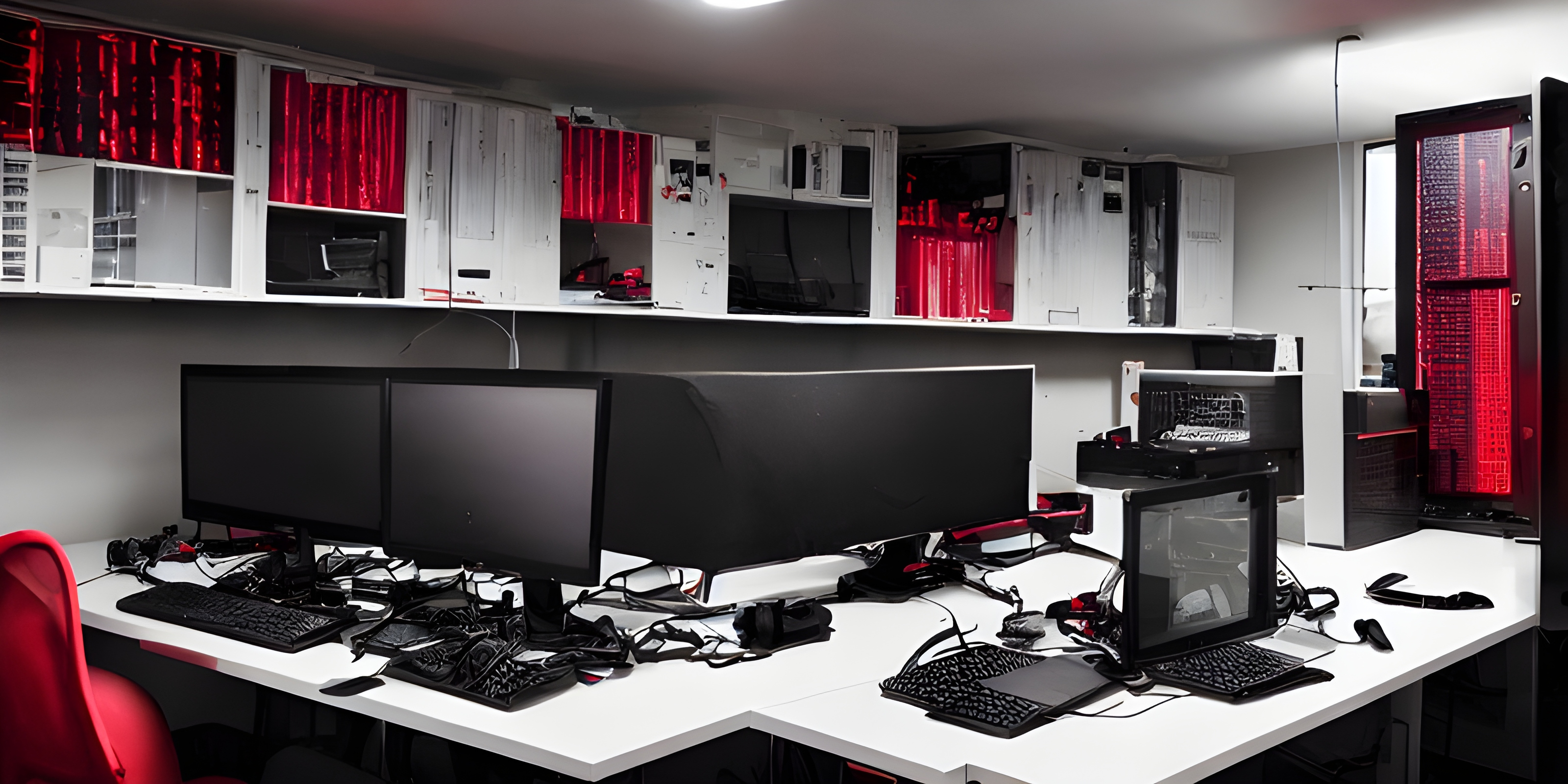
A hacking lab is a controlled environment where you can safely practice ethical hacking skills, learn about system vulnerabilities, and understand how to use various hacking tools. It allows you to simulate real-world scenarios and experiment without causing harm to real systems or violating any laws.
Why Set Up a Hacking Lab?
A hacking lab is a safe, controlled environment where you can practice and learn ethical hacking skills without causing harm to real systems or breaking any laws. By simulating real-world scenarios, you can learn about system vulnerabilities, understand how to use various hacking tools, and gain hands-on experience.
Steps to Set Up Your Hacking Lab
Setting up a hacking lab involves several steps, including choosing a host operating system, installing virtualization software, setting up guest operating systems, configuring a virtual network, and installing various security tools. Let's look at each of these steps in more detail.
3.1 Choose and Install Your Host OS
Your host OS is the primary operating system on which you’ll build your lab. While you can technically choose any OS, we strongly recommend a Linux distro such as Ubuntu. Linux, thanks to its open-source nature, offers superior flexibility, control, and security features compared to other OSs. It also has a robust support community ready to help with any issues you encounter.
3.2 Install Your Virtualization Software
Next, you'll need to install a virtualization platform. This software allows you to run multiple, isolated operating systems (guest OSs) on your host OS. Two popular choices (free of cost) are VirtualBox and VMware. While both are excellent options, we recommend VMware for beginners due to its user-friendly interface and free cost. Also a key factor that pushes VMware to my personal #1 choice is the fact that the operating systems can be full-screened and resized.
3.3 Install Guest OSs
Once you've got your virtualization software set up, it's time to install your guest OSs. These OSs are what you'll be practicing your hacking techniques on. It's a good idea to have a variety of OSs to mimic different environments. These can include various versions of Windows, different Linux distributions, and even specific vulnerable systems designed for practice, such as Metasploitable. One guest OS we highly recommend is Kali Linux. Kali is a Linux distro built specifically for ethical hacking and penetration testing. It comes pre-loaded with a multitude of security tools, making it an invaluable addition to your lab.
Install Kali Linux on VMwareInstall Kali Linux on VirtualBox
3.4 Set Up Your Virtual Network
Your hacking lab wouldn't be complete without a virtual network. This network will simulate a real-world network environment, providing a sandbox for you to practice network hacking techniques. Depending on your needs and experience level, you can start with a simple Local Area Network (LAN) setup or go for a more complex network involving multiple routers, switches, and firewalls.
3.5 Install Your Security Tools
Finally, you'll need to install your security tools. If you've chosen to include Kali Linux as one of your guest OSs, then you're already set - Kali comes pre-loaded with hundreds of security tools, including Wireshark, Metasploit, Burp Suite, and many others. If you're not using Kali, you can still manually install these tools on your other guest OSs. Remember, setting up your hacking lab is an iterative process. As you learn and grow in your ethical hacking journey, you'll likely find yourself tweaking and expanding your lab to suit your evolving needs. Happy hacking!